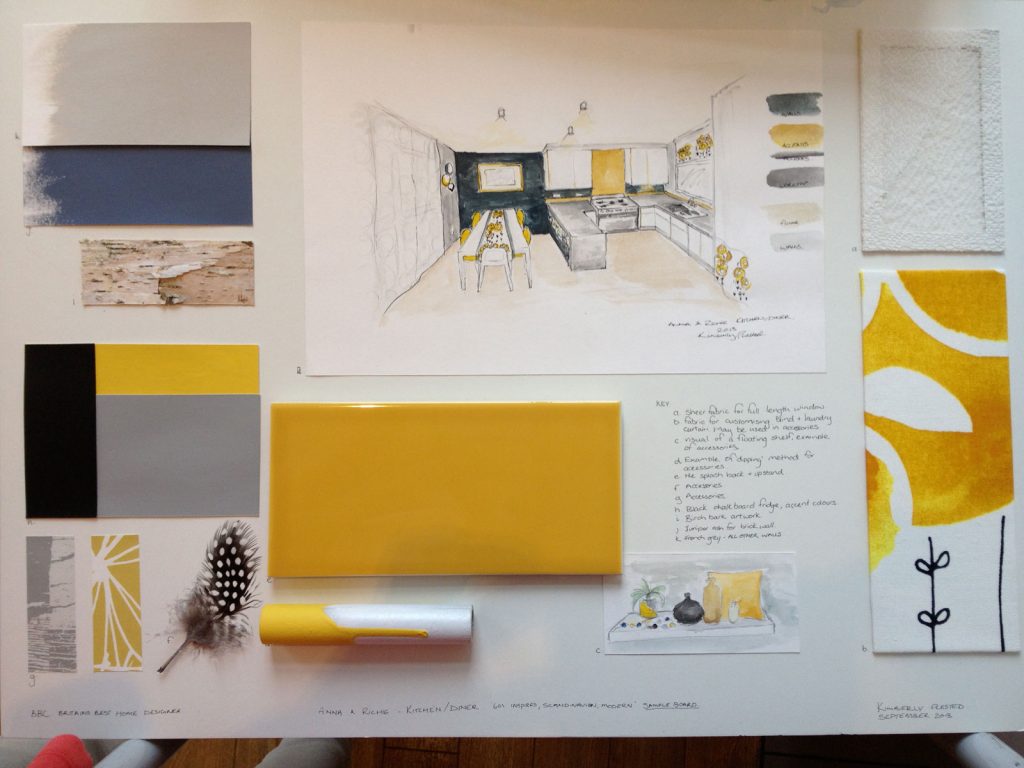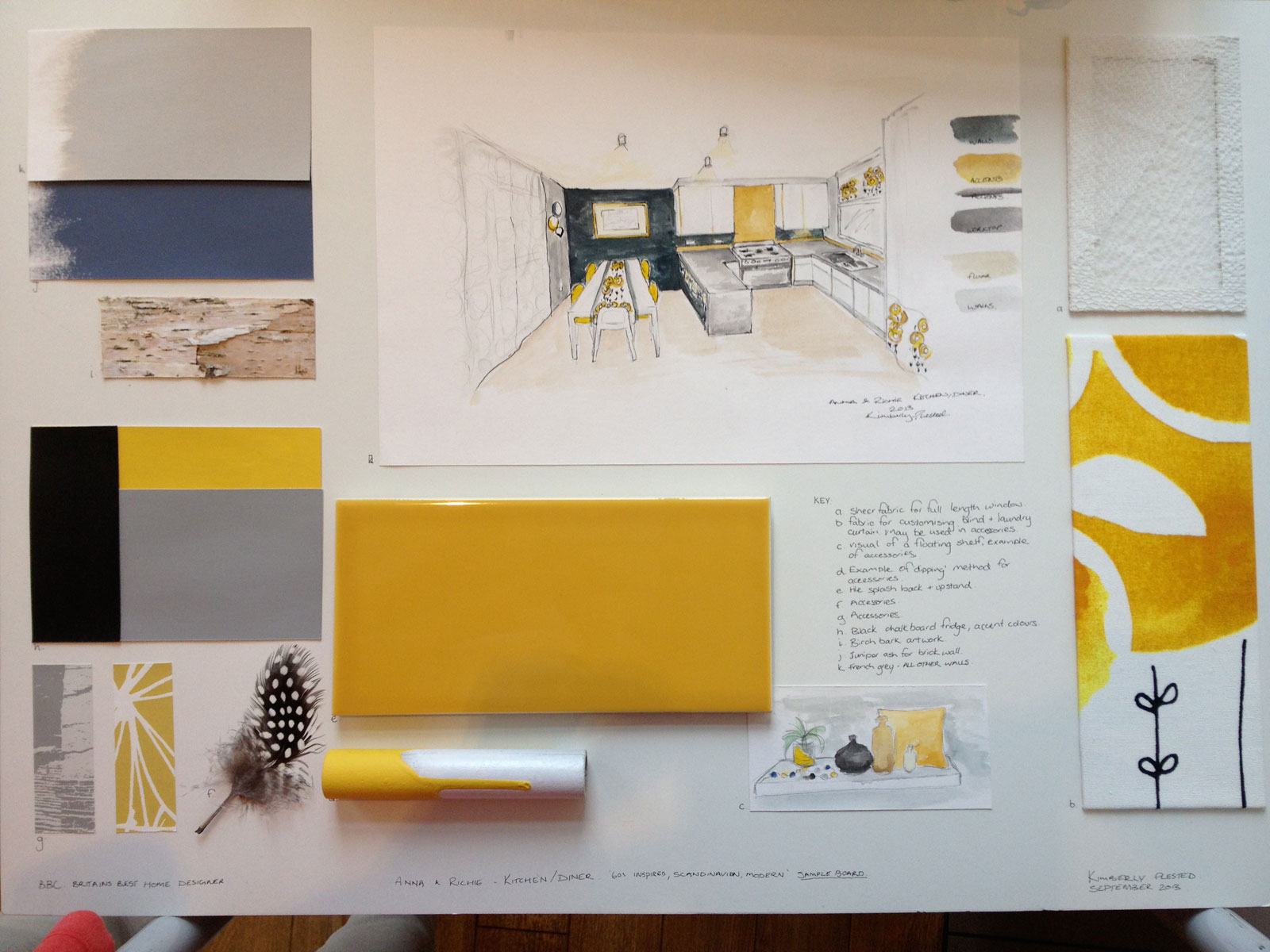My Electronic Music Production Methodology (Pt. I)
I’ had been thinking about recently how I should consolidate the many values, observations and principles I share regularly on this blog into a summary of music production methods and methodology. I regularly give feedback in our Facebook group and I find that I’m often repeating myself with regards to certain details and points that seem like basics. Not long ago, I wrote a post with a checklist to see if everything had been covered in order to know if your song is done, but what about a todo list to start? And what are the big points you should consider beforehand in order to avoid getting lost?
Let me describe my own mindset before I get to work on music in the early stages; it helps me greatly and I think I could also give you a boost in productivity.
The intention
Have you ever had sessions that were magical or others where you felt you did the same things, went horrible where you started to doubting what you’re doing? Making music seems like it should be as straight forward as playing a sport but it can’t be predicted or controlled, which can be frustrating. I’ve started noting down a common denominator in all my good sessions: they all had been started with a precise intention. What I mean by an intention is that beforehand – even before opening the session to work with – I’d spend some time developing a precise idea of what I wanted to do in that session. It could be simple sound design, mixing, arranging, or working on a client’s session.
I’d sum it by saying to myself “today, by the end of the day, I should have done X.” The X is a sort of a goal I can quantify easily, such as finishing the polishing of a track.
I also start sessions with something I do well and love doing; this important habit puts me in a good mood, helps my brain focus, and preparesme for bigger challenges.
The mood board
The term “mood board” is often used in visual design. It’s basically a pin board with all kind of images: the mood, aesthetics, concepts. Sometimes it can be a texture or drawing, but it can be also a few pictures; it becomes a reference for all the members of the team.

A example of a graphic mood board (image courtesy of https://www.sophierobinson.co.uk)
It’s basically the same in audio. I have a huge folder with music I like for use as references. I have also playlists on Youtube of each reference per client. I have yet another one on Soundcloud for ideas, inspiration, and arrangements. The audio quality of Soundcloud being not so great makes me use it more for ideas than anything mix/mastering related. Sometimes it’s songs, sometimes it’s just simple atmospheres or a weird tune just for its reverb (which I can use for convolution). There are new, amazing songs I see in my feed everyday and I really want to tag the ones I see. I honestly even have a mood board on Instagram/Pinterest. Some images help me generate sound ideas too. Yeah, I’m weird like that.
The main ingredient

In risotto for example, rice is the main ingredient but this dish can be altered in many different ways; audio works in the same way.
This main ingredient is the core of your next project. I often compare making music to making food; I find that relying on a first important ingredient helps to develop a theme for a song. The more you work on something, the more you’ll want to add. Remember that songs are split in sections and my rule is to have either one major change or one sound added per section. Songs have, in general, 3-4 sections. Some only have 2!
So, this means that your main ingredient could – in theory – have major changes 2-3 times maximum in a song to remain understandable. Of course, this is my personal rule. You might have totally other views and that’s alright. The main ingredient will also have brothers and sisters. I usually form a family of 3 sounds per song. The main ingredients will have 1 brother and 1 sister. The brother will be a similar to the main ingredient as a way to complete it. For example, a higher pitched note. The sister sound will be in opposition to the main ingredient. For example, if the main ingredient has a fast attack, the sister would have a slow attack.
Setting up these ideas really helps me see what I need quickly. But knowing this method doesn’t help find the actual sounds though. Sounds come to me in many ways: sampling something you love, using jams you did on some machine that you recorded, recycling older ideas, browsing Youtube’s infinite possibilities, going to a local store and buy the weirdest record you can find, learning a new way to design sound from a tutorial you watched, etc. The idea is to make material to manipulate.
FACT: When I hit a wall, I usually do a remix for someone I know, for fun. Remixing is easy and fun. You try to juggle the elements and keep some of them true to the original to make the remix recognizable in a way. In remixes, you’re given the main ingredient already, and then it’s up to creativity to do the rest.
The foundation of the house
I invite you to view your song as a dish, but now let’s also picture it as a house. To build one, you need a solid foundation. Solid is not about making it loud or big. It’s about being clear. In musical terms, we refer to the foundation as its fundamental note, it’s lowest part. Therefore, I find that setting a few notes in the bass/sub will give ideas, support for the melody to come in the mids. But if it’s muddy in the lows, the whole song will suffer.
TIP: Try to keep it to only 1-2 elements under 80hz.
A hook
Your song will be memorable for others if they can actually sing it back to someone who has never heard it. Ask a friend to see if that’s possible. If not, your song would be categorized as “intentional music” (in the same vein as percussive African music) where you can’t sing it. In techno, the whole movement of Romanian music is partly built around a combination of hook-songs vs no-hook-song. What makes it addictive is that you feel you can sing it back but not, and then when mixed, the interaction of 2 songs makes it reveal something you didn’t expect.
Do you need a hook? No. But if you never use hooks in your music, try to make one. Or if you only do music with hooks, try to make one that feels… empty. it’s a pretty difficult challenge to go out of your comfort zone but it can also make you discover things you didn’t know you could do.
David Lynch said:”Ideas are like fish. If you want to catch little fish, you can stay in the shallow water. But if you want to catch the big fish, you’ve got to go deeper.”
That’s all it for the first part on music production methods and methodology – I will provide more insights next week.
SEE ALSO :












Leave a Reply
Want to join the discussion?Feel free to contribute!